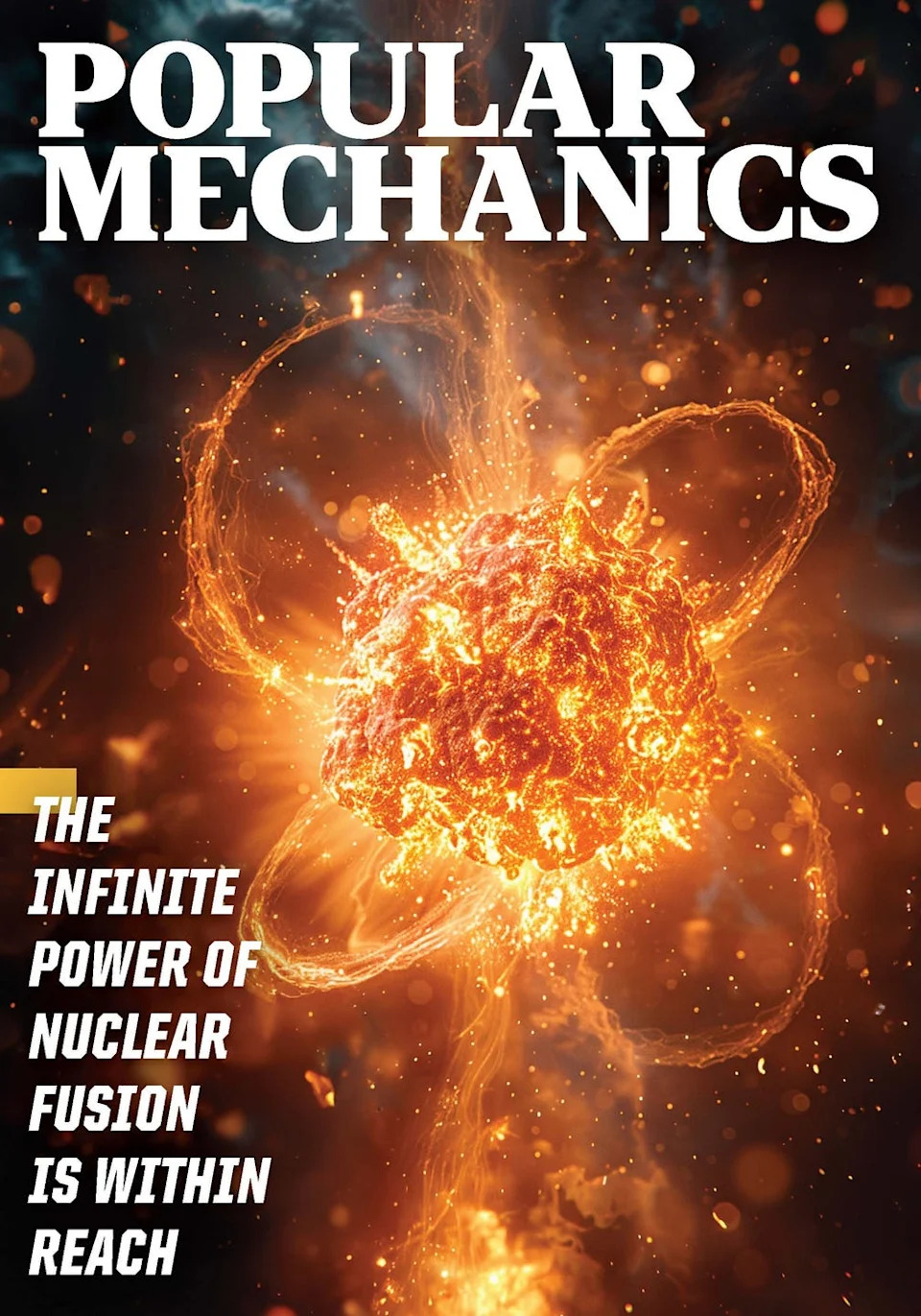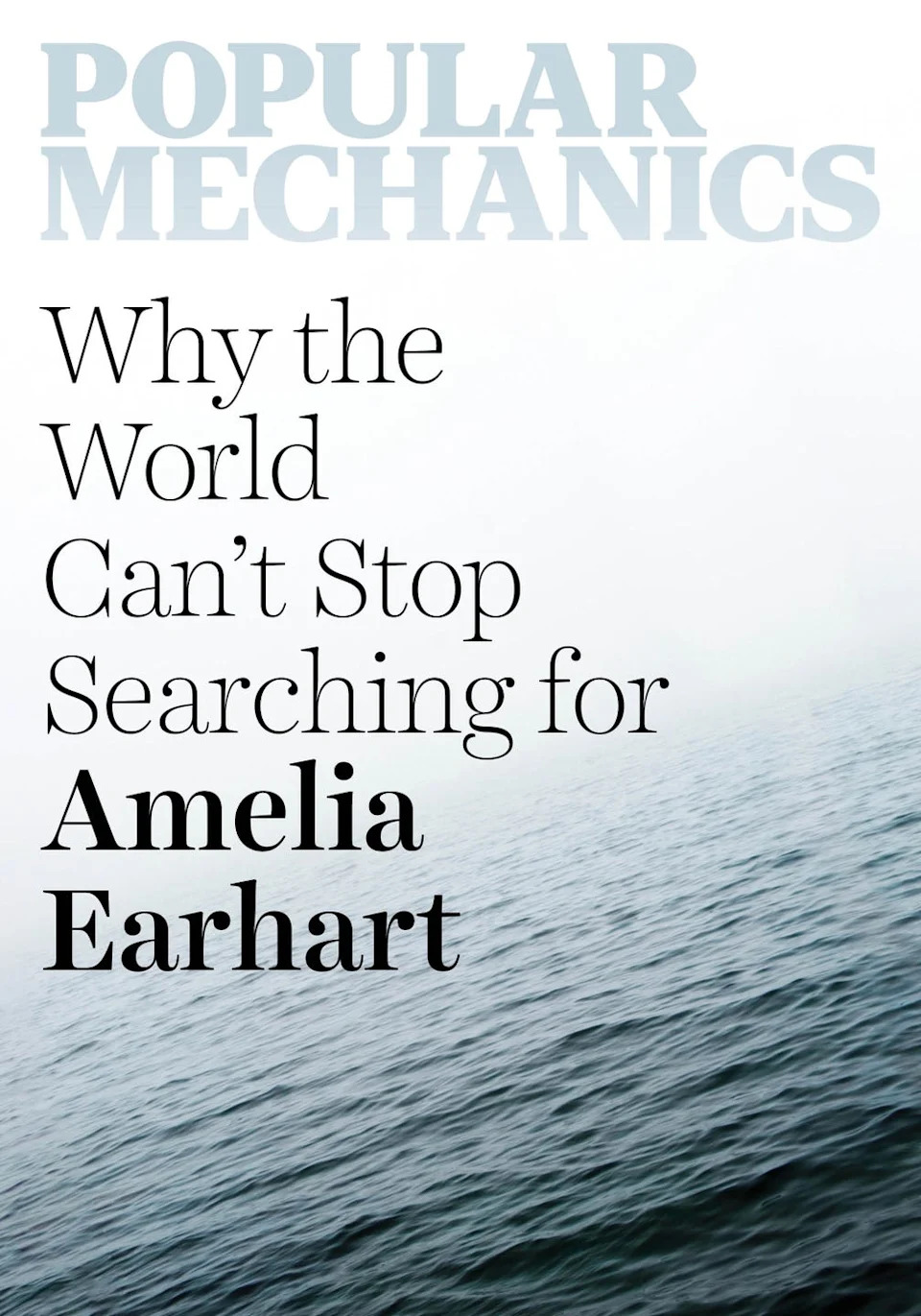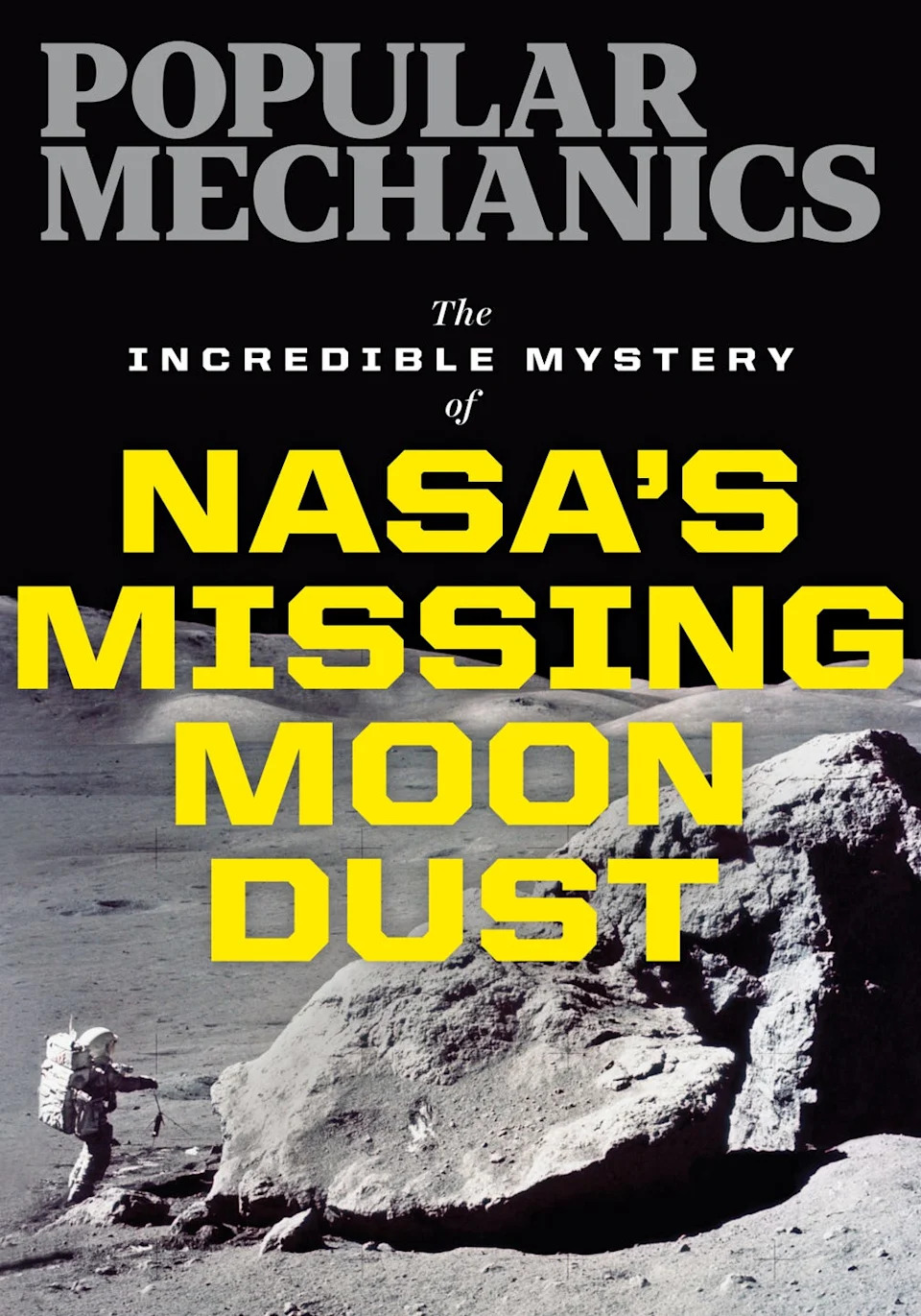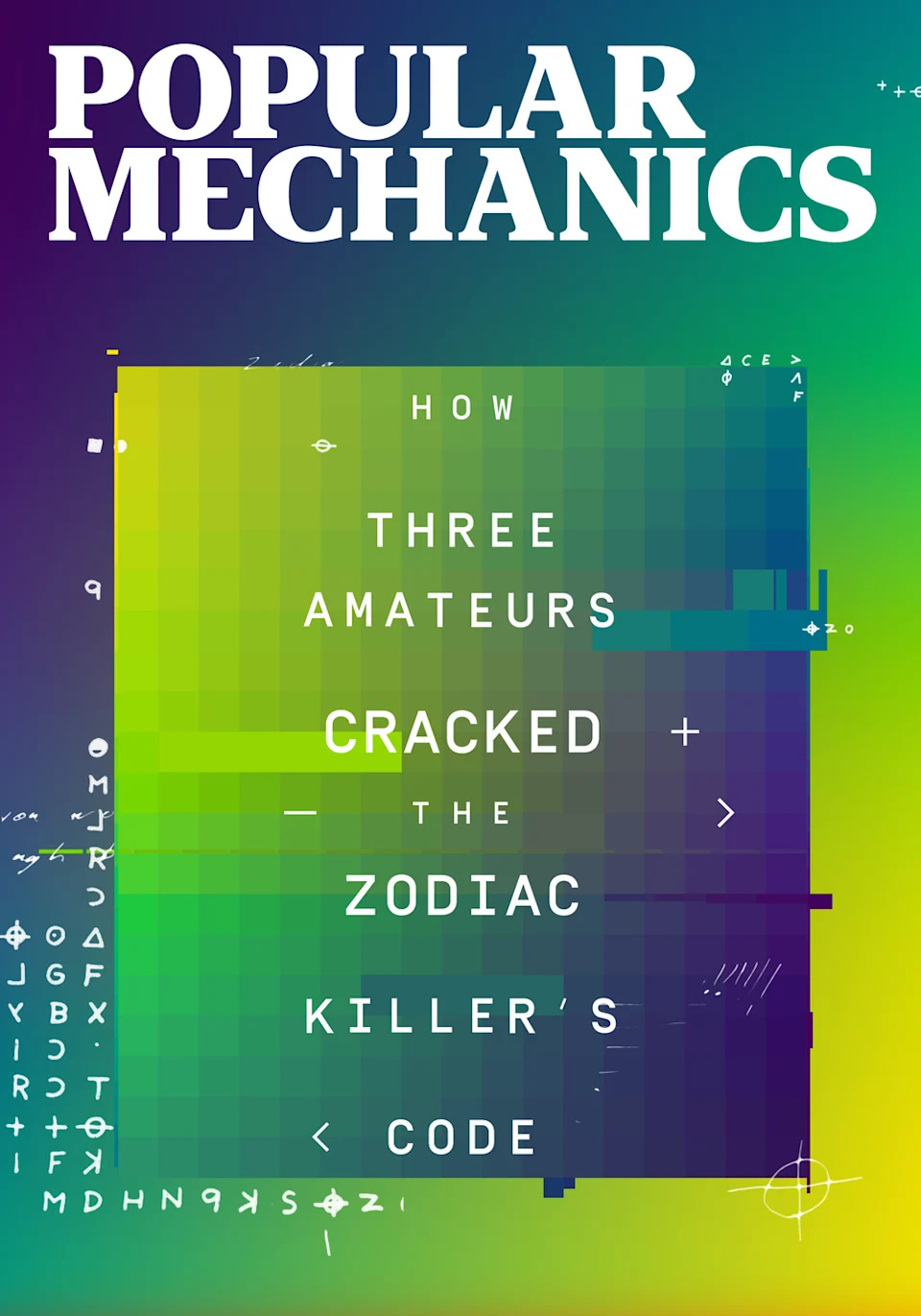Physicists Found a Path to Black Holes That Einstein Couldn’t See Coming
Here’s what you’ll learn when you read this story:
Quantum gravity remains one of the big missing pieces of a Grand Unified Theory that could bridge quantum field theory and general relativity.
Knowing that quantum gravity solutions must resemble general relativity at macroscopic scales, a new study details black hole solutions in quantum gravity that are a step toward possibly realizing this granddaddy of all theories.
This technique has limitations, however—chiefly that it requires a more robust understanding of quantum gravity the closer you get to a black hole’s singularity.
In the past century, humanity has made incredible progress toward understanding both the very large and the very small.
At cosmological scales, Albert Einstein’s theory of general relativity has given scientists an immensely accurate blueprint for the workings of gravity and spacetime. Meanwhile, quantum mechanics has charted a path through the perplexing world of the subatomic, producing the standard model of particle physics.
But for two grand theories that describe their respective worlds so well, they don’t play very nicely with each other.
 Photo credit: Hearst Owned
Photo credit: Hearst OwnedGet the Issue
 Photo credit: Hearst Owned
Photo credit: Hearst OwnedGet the Issue
 Photo credit: Hearst Owned
Photo credit: Hearst OwnedGet the Issue
 Photo credit: Hearst Owned
Photo credit: Hearst Owned Get the Issue
 Photo credit: Hearst Owned
Photo credit: Hearst OwnedGet the Issue
 Photo credit: Hearst Owned
Photo credit: Hearst OwnedGet the Issue
 Photo credit: Hearst Owned
Photo credit: Hearst OwnedGet the Issue
 Photo credit: Hearst Owned
Photo credit: Hearst Owned Get the Issue
 Photo credit: Hearst Owned
Photo credit: Hearst OwnedGet the Issue
One of the biggest missing pieces of the puzzle that should bring the two worlds together is a theory of quantum gravity (along with the discovery of its force carrier, the graviton). The absence of this piece could also explain why general relativity breaks down at the singularity of black holes. Of course, unified theories such as string theory attempt to solve this mystery, but conclusive evidence remains elusive.
In a search for answers, Xavier Calmet from the University of Sussex—along with colleagues Andrea Giusti and Marco Sebastianutti—calculated black-hole solutions in quantum gravity with the information they knew and worked backward from there. These quantum gravitational corrections to Einstein’s equations are detailed in a paper published in A Letters Journal Exploring the Frontiers of Physics.
“While we do not yet have a theory of quantum gravity, we know that whatever this theory might be, string theory or something completely different, it must match general relativity on macroscopic scales,” Calmet told Space.com. “This information is sufficient when using modern methods in quantum field theory to perform calculations in quantum gravity without needing the full knowledge of the underlying theory of quantum gravity.”
Calmet started working earnestly on quantum gravity black holes when he arrived at the University of Sussex in 2009. In 2022, Calmet—along with an international team of scientists—developed a “quantum hair” theory, which states that matter collapsing into a black hole imprints information on its gravitational field. In doing so, he and his team showed this could be a possible solution to the long-standing Black Hole Information Paradox, which grapples with the conflicting ideas that information is seemingly destroyed via Hawking radiation, despite the fact that this should be impossible.
Although this new paper provides mathematical evidence that there are quantum solutions to black holes, these techniques can’t be applied close to the singularity because (as Calmet tells Space.com) a full understanding of quantum gravity would be required at that point. However, understanding that such solutions exist provides evidence that a unified theory could one day be realized.
“It is nevertheless important to have shown that there are new black hole solutions in quantum gravity that do not exist in general relativity,” Calmet told Space.com. “These new solutions are not just tweaks to the old one—they’re entirely new black holes that exist in a quantum gravity world.”
 Photo credit: Hearst Owned
Photo credit: Hearst OwnedGet the Guide
 Photo credit: Hearst Owned
Photo credit: Hearst OwnedGet the Guide
 Photo credit: Hearst Owned
Photo credit: Hearst OwnedGet the Guide
 Photo credit: Hearst Owned
Photo credit: Hearst Owned Get the Guide
 Photo credit: Hearst Owned
Photo credit: Hearst OwnedGet the Guide
 Photo credit: Hearst Owned
Photo credit: Hearst OwnedGet the Guide
 Photo credit: Hearst Owned
Photo credit: Hearst OwnedGet the Guide
You Might Also Like
The Do’s and Don’ts of Using Painter’s Tape
The Best Portable BBQ Grills for Cooking Anywhere
Can a Smart Watch Prolong Your Life?













